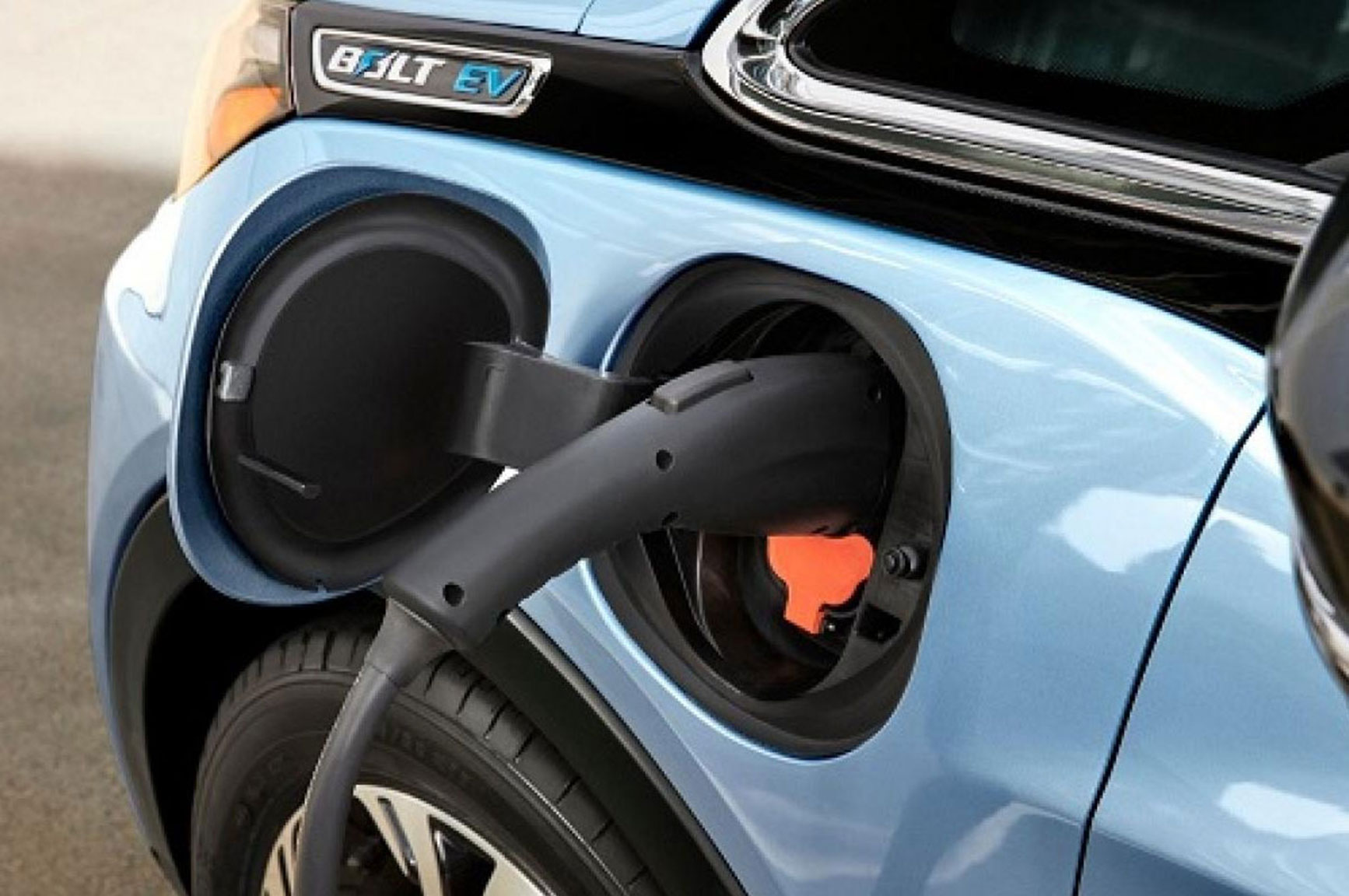India downsize its 100% new sales target for Electric Vehicles (EVs) to 30% by year 2030. Achieving this revised target will not be easy journey, and specially so with big democracy and diverse country it is. The diversity at city level is huge, and this provides both challenges and opportunities. It was industry participation and city level entrepreneurship traction that resulted into early pilots in e-Mobility in India, despite Centre delays in announcement of dedicated National e-Mobility Mission.
Government has important role in setting targets, streamlining actions between different stakeholders and guiding early investments. But ultimately, it will be market forces that has to sustain e-Mobility development and its right scale-up.
A big question comes as how these market forces can be developed speedily and coordinated for more and more well integrated EVs deployment in cities. The EV team at pManifold has pilot studied 10 Indian cities through mix of primary and secondary research and built insights on performance, expectations, challenges and preferences by actual EV users (across 2W, 3W and 4W), potential EV buyers, EV dealers and charging operators.
The insights developed can help EV community including cities to bottom-up strengthen their EV planning and deployment in areas of
1) Product Development
2) Production Supply Chain Strengthening
3) Charging Infrastructure and Services
4) Financing
5) Institutional structure for policies execution across different departments.
In this webinar, we focused on:
- Key insights from stakeholders for city level EV adoption
- City EV Readiness Scorecard developed by pManifold
- Comparative city EV readiness (for piloted 10 cities)
Speakers
- Rahul Bagdia, Director, pManifold
- Ankit Agrawal, Princiapl Consultant, pManifold


